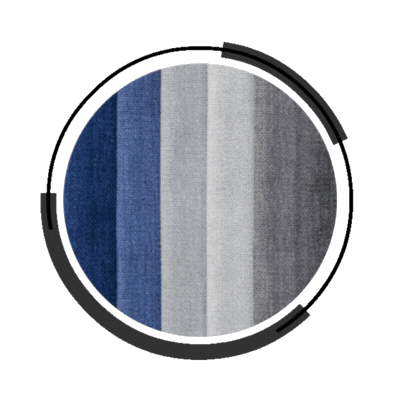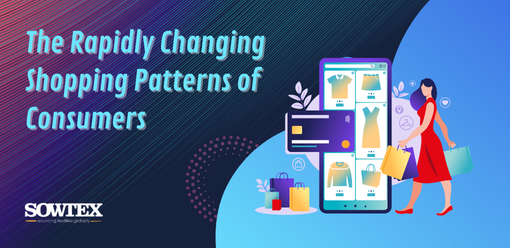


Consumers today exhibit diverse personalities in their purchasing behaviors. At times, they embrace minimalism, favoring cruelty-free, sustainable, and slow fashion products. Conversely, they also seek out the latest trends to stay current. This duality has led to markets that cater both to rapidly changing trends and the growing demand for slow fashion and minimalism. Fashion-conscious consumers are increasingly aligning their shopping practices with eco-friendly trends, reflecting a heightened environmental awareness in their spending habits.
Current Challenges in the Textile Ecosystem
Historically, retailers and manufacturers have struggled with excess unused textiles, often due to a lack of understanding of consumer demands. This scenario is evolving as global textile companies aim to reduce waste, increase profit margins, and better align with consumer needs. Despite sustainable products becoming more affordable through careful planning and targeted distribution, challenges remain. Limited equipment and infrastructure hinder the ability to meet the demands of a large population, making sustainable fashion less accessible and affordable compared to its unsustainable counterparts.
Slow Yet Permanent Change
The emergence of disruptive technologies is facilitating the rapid production of sustainable and plant-based textile goods. Fashion has ventured into Web3, enabling digital-only creation and utilization of textiles. By leveraging data analytics, Web3 platforms, and predictive analytics, many industry players are gaining deeper insights into their audiences. Consumers are responding positively, with early adopters leading the way and influencing late adopters more swiftly, often through social media channels. Opinion leaders are now more effectively shaping established consumer trends.
Disruptive Tech and Web 3.0
Hyper-customization through textile NFTs is introducing significant changes to the textile ecosystem. A decade ago, owning a vast wardrobe of quality garments while maintaining substantial savings seemed unattainable. Today, this vision is becoming a reality. Since 2021, garment NFTs have been traded online through virtual stores, offering virtual try-ons and transactions within secure frameworks. Trace Network Labs, an Indian organization, is diligently addressing evolving consumer behaviors by providing tech-backed direct-to-consumer textile products, creating hyper-personalized and customized solutions.
During the pandemic, as the world came to a standstill, online avatars gained prominence, highlighting the significance of digital presence. The fashion industry has capitalized on this trend, with Web3 textile designers devising innovative methods to distribute and market their fashion lines. Brands are seizing opportunities to collaborate with various platforms, encouraging users to purchase clothing from their preferred brands for their digital avatars.
The Real Deal
Globally, as festive seasons approach, individuals seek outfits that allow them to look their best among friends and family. There is a growing preference for quality over quantity, with many reusing clothes and employing creative styling techniques. Consumers are recycling existing garments and repurposing them into their festive wardrobes by blending different styles and genres. Clothing retailers and manufacturers are taking note of these shifts and are actively discussing dynamic consumer needs. The industry is evolving to appeal to changing consumer behaviors.
In conclusion, manufacturers worldwide share common goals: reducing waste, maximizing profits, and achieving widespread popularity. They seek definitive answers to everyday challenges, such as understanding consumer mindsets, conducting audience testing, and predicting the longevity of fashion trends. These insights are increasingly being provided by consumers making conscious decisions about their attire. This newfound awareness is having, and will continue to have, a profound impact on the entire textile and fashion ecosystem.
Visit the link: https://sowtex.com
